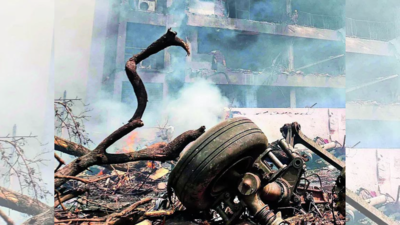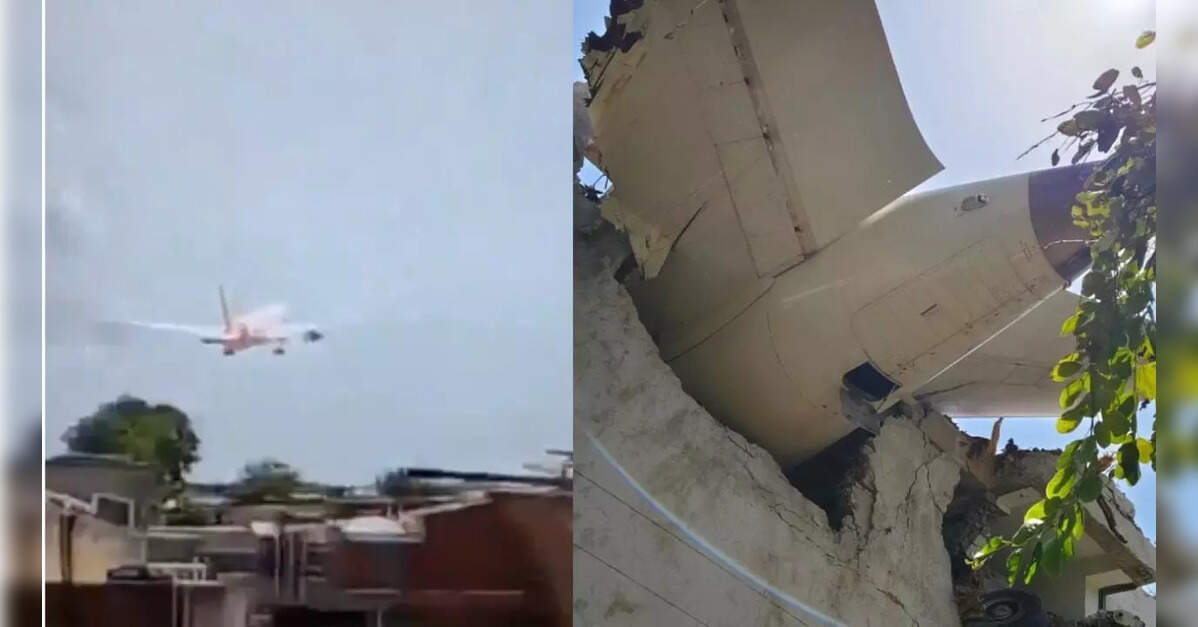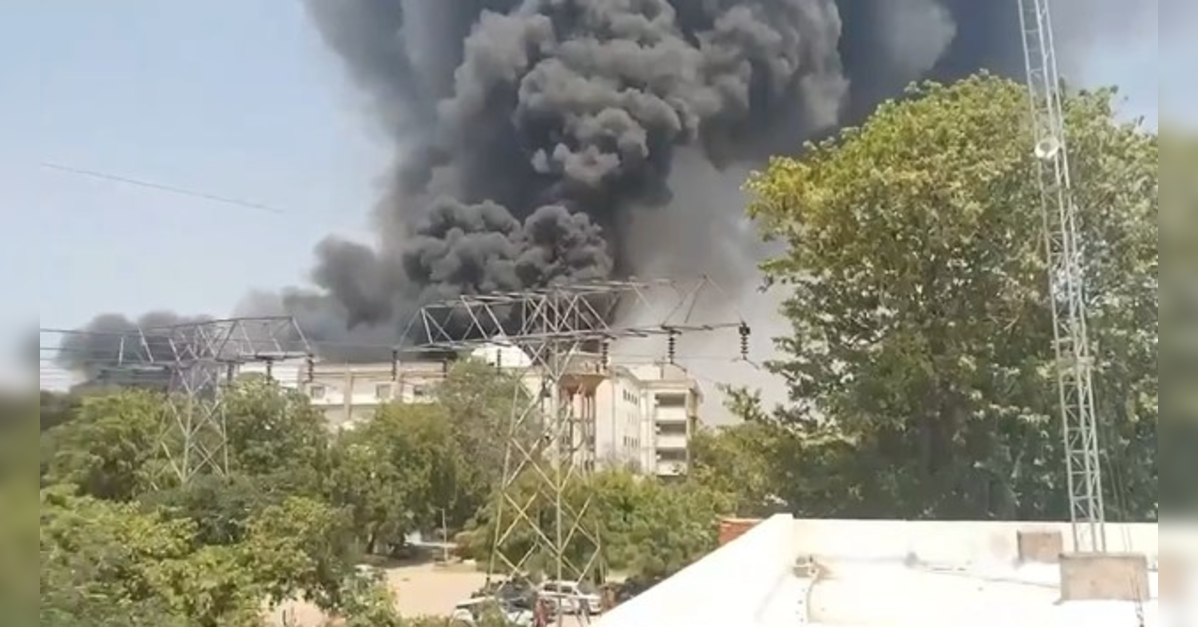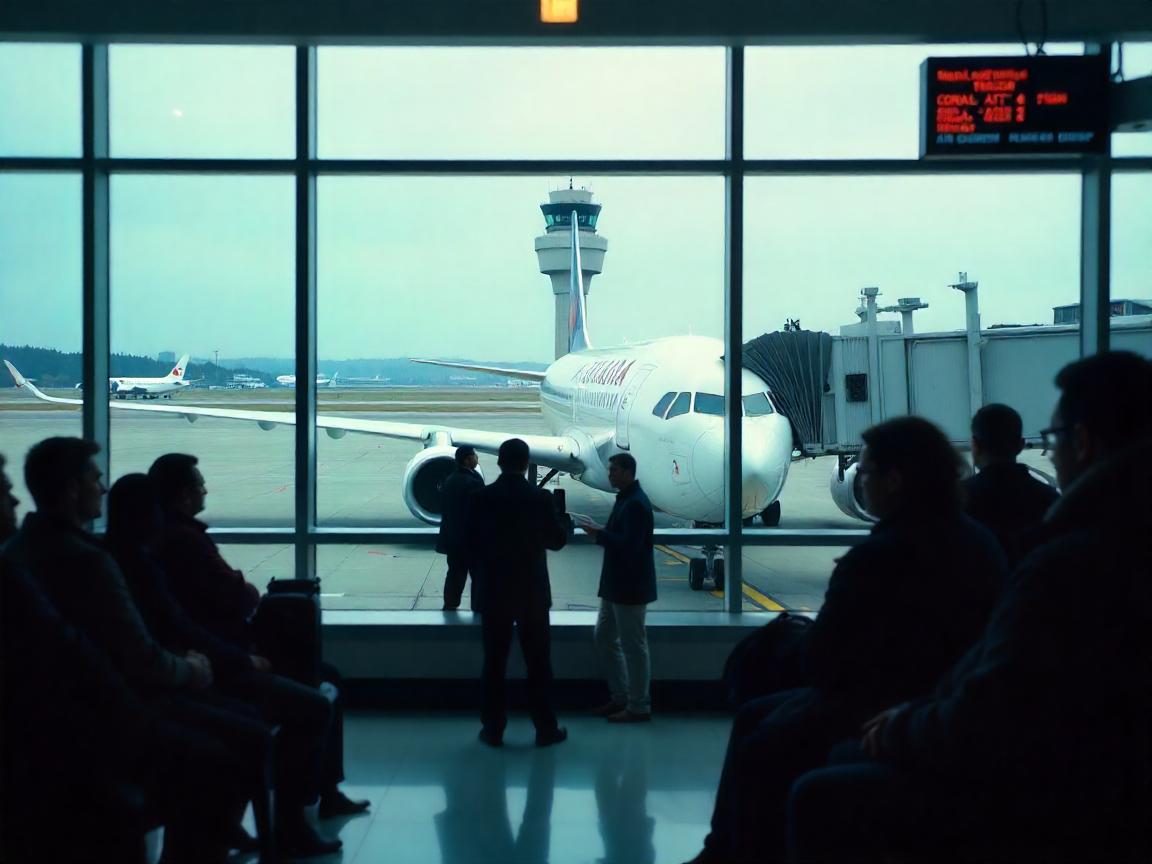Ahmedabad plane crash: A 'Mayday' call, and then radio silence | India News - Times of India

AHMEDABAD: Pilot of Air India flight 171 issued a 'Mayday' call before all communication with the air traffic controller was lost moments before the Boeing 787-8 Dreamliner crashed, according to Directorate General of Civil Aviation (DGCA).A 'Mayday' call is an internationally recognised radio distress signal used in life-threatening emergencies such as engine failure, onboard fire or loss of control. It is most commonly used in aviation and maritime communication. It's usually spoken three times to ensure clarity and urgency in transmission.When a 'Mayday' signal is issued, all other communication is halted and ATC gives top priority to the distress call.
The pilot reports the aircraft's identity, position, nature of the emergency, and number of people on board.According to DGCA, the London-bound flight took off from runway 23 at 1.39 pm, carrying 242 people on board, including two pilots, 10 cabin crew members, and 230 passengers.DGCA noted that while a 'Mayday' call was made, there was no response from the aircraft to subsequent communications from Ahmedabad ATC.
The aircraft could be seen losing altitude quickly, and crashed outside the airport perimeter soon after take-off.The distress call was introduced in early 1920s by Frederick Stanley Mockford, a senior radio officer at Croydon airport in England. He was tasked with finding a spoken distress signal that pilots and ground staff could easily recognise during emergencies. 'Mayday' was formally adopted as the international radio distress call in 1927.












